Mobile commerce, or m-commerce, is revolutionizing the way we shop. This has made e-commerce even more accessible, allowing us to shop and purchase items directly from our mobile devices with just a few tabs.
Mobile commerce has the power to make online shopping simpler, faster, and more convenient than ever before. In this blog post, we’ll explore how mobile commerce is changing the face of e-commerce and making it easier than ever to find and purchase items we need and want.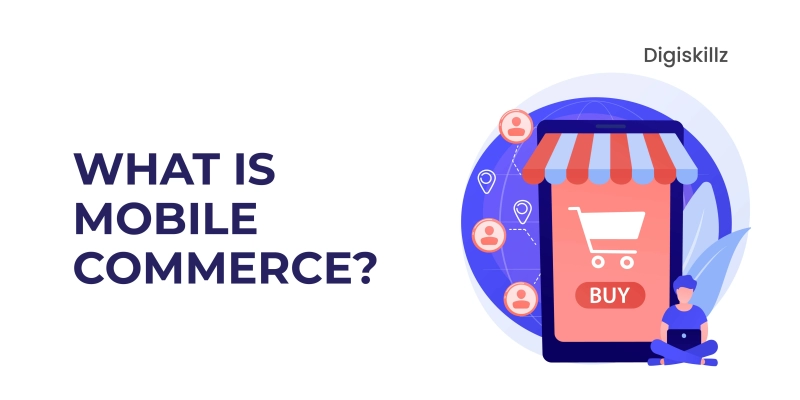
Table of Contents
What is Mobile Commerce?
Mobile commerce, or m-commerce, is a type of e-commerce that involves buying and selling goods and services through mobile devices such as smartphones and tablets. Mobile commerce has been enabled by the rapid increase in mobile device users worldwide and the growing availability of high-speed internet access on those devices. The popularity of mobile commerce is driven by the convenience it offers to shoppers, who can now purchase items anytime, anywhere. Additionally, social commerce, which allows consumers to purchase products directly from a company’s social media platform, is gaining traction as an innovative form of m-commerce.
 Mobile commerce and Online Marketing
Mobile commerce and Online Marketing
Mobile commerce (m-commerce) refers to the buying and selling of goods and services through mobile devices such as smartphones and tablets. It allows consumers to shop and make purchases from anywhere, at any time, using their mobile devices.
Online marketing, also known as digital marketing, is the promotion of products or services through digital channels, including the Internet, mobile devices, and other digital media. Online marketing uses tactics such as search engine optimization (SEO), social media marketing, email marketing, and content marketing to reach and engage with customers and drive sales.
Both mobile commerce and online marketing are crucial for businesses to succeed in today’s fast-paced, digital-first environment. Mobile commerce provides customers with a convenient and seamless shopping experience, while online marketing helps businesses reach and engage with customers, increase brand awareness, and drive sales. By combining these two fields, businesses can create a powerful, integrated strategy for reaching and engaging with customers across all channels and devices.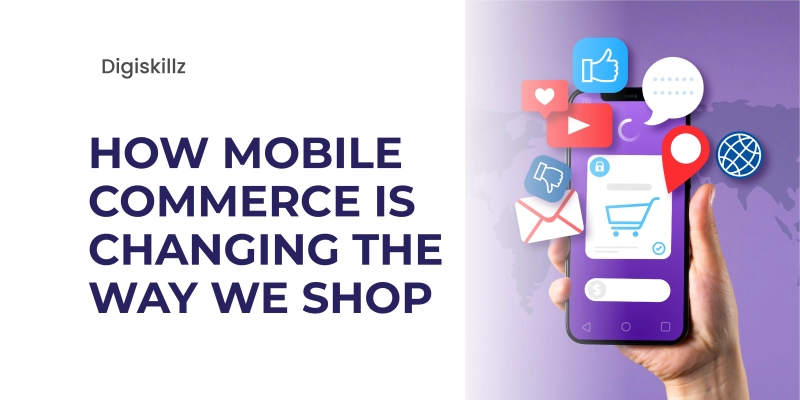
How Mobile Commerce is Changing the Way We Shop
The rise of mobile commerce, or m-commerce, has changed the way we shop. With mobile devices like smartphones and tablets becoming more ubiquitous, it is easier than ever for shoppers to find what they’re looking for and make purchases from anywhere. According to Statista, in 2020, mobile commerce accounted for over 72 percent of digital retail sales worldwide.
The convenience of shopping from a mobile device has made it easier for customers to search for and purchase items while on the go, without having to wait until they can get to a physical store or laptop. This shift to m-commerce has also allowed retailers to reach more customers with personalized offers and discounts based on previous shopping habits.
Another trend that has been driven by m-commerce is social commerce. Social media platforms such as Instagram, Facebook, and Twitter are now being used by retailers to market their products and services directly to their followers, which can lead to increased sales and customer engagement. Furthermore, platforms such as Pinterest have become popular shopping destinations, allowing users to search for and purchase products without ever leaving the app.
M-commerce has revolutionized the way people shop and will continue to shape the future of retail. By making shopping faster and more convenient, mobile commerce is driving more people to make online purchases, leading to increased revenue for retailers. Additionally, social commerce is becoming increasingly popular, allowing retailers to target specific demographics and build relationships with their customers.
The Benefits of Mobile Commerce
Mobile commerce, or m-commerce, has become increasingly popular in recent years as a convenient and efficient way to shop. The ability to purchase items on the go and have them delivered directly to your door offers immense convenience, but it also offers several other advantages. Here are some of the benefits of mobile commerce that make it so appealing to shoppers.
1. Increased Reach:
One of the biggest advantages of mobile commerce is its increased reach. With mobile devices, customers can shop from anywhere at any time, allowing businesses to tap into new markets and expand their customer base. This means that businesses no longer have to rely on traditional brick-and-mortar stores to reach customers.
2. Improved Shopping Experience:
Mobile commerce also offers customers a better shopping experience than traditional shopping methods. The user interface is often more intuitive and easier to use, allowing customers to find what they need quickly and efficiently. Additionally, m-commerce allows for personalized experiences based on customer behaviour, making shopping even more convenient.
3. Social Commerce:
With m-commerce, businesses can also benefit from social commerce. This involves integrating social media into the shopping experience, allowing customers to easily share their purchases with friends and family. This helps spread awareness of the business and encourages others to shop, which increases sales.
Overall, mobile commerce is a great way for businesses to increase their reach, improve the shopping experience for their customers, and take advantage of social commerce opportunities. It is a powerful tool that can help businesses reach new customers and increase sales.
The Drawbacks of Mobile Commerce
While mobile commerce (m-commerce) has revolutionized the way people shop, there are a few drawbacks to consider before getting involved. One of the primary drawbacks is the issue of security. Mobile devices are much more vulnerable to hacking than desktop computers, so it’s important for shoppers to be aware of the risks and take appropriate steps to protect themselves.
Additionally, m-commerce transactions can be more expensive than traditional online shopping due to the extra fees associated with mobile payments. Furthermore, many customers find it difficult to compare prices or read product reviews while using a mobile device, as the small screen can make it difficult to view the necessary information.
Finally, mobile commerce can limit the customer’s social shopping experience, as there is no way for users to share what they’re buying or browsing with friends through a social network like with social commerce. This could mean that customers miss out on great deals and products that their friends are discussing online. It’s important for mobile commerce users to keep this in mind before making a purchase.
How to Get Started with Mobile Commerce
If you’re looking to join the ranks of businesses successfully engaging in mobile commerce, there are a few steps to consider. First, you need to understand the technology behind it, such as developing a mobile app or a mobile-friendly website for your customers.
Secondly, you should consider implementing a secure payment system that allows customers to purchase products quickly and easily through their phones.
Thirdly, you should consider how best to promote your m-commerce offering, whether through search engine optimization, email campaigns, or social media.
Social media is a great way to boost awareness of your m-commerce services, by creating content that engages your target audience and builds trust. This could involve creating promotions and discounts that can be redeemed through your mobile platform, as well as running competitions and giveaways. Social commerce is also a great way to give customers an exclusive and personal experience with your business, by encouraging them to engage with you through comments, reviews, and other forms of user-generated content.
In conclusion, mobile commerce is an ever-growing trend that can have immense benefits for businesses that use it correctly. By implementing a secure payment system and promoting their offering through social media, businesses can reap the rewards of m-commerce.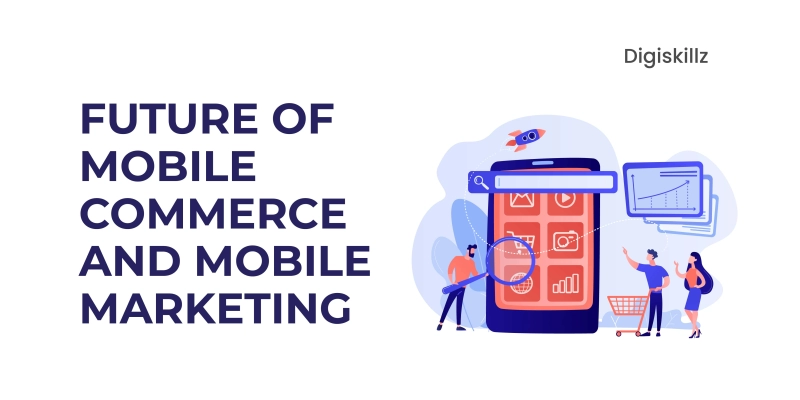
The Future of Mobile Commerce and Mobile Marketing
Mobile commerce has been on the rise in recent years, and it shows no signs of slowing down. With more people embracing mobile devices and utilizing them to shop, m-commerce has become a critical component of today’s digital economy. Mobile commerce and mobile marketing are likely to continue to play an increasingly important role in the future. As mobile commerce grows, so too will the use of social commerce, which involves utilizing social networks to facilitate transactions. By leveraging the power of social media, businesses can reach more customers and provide them with a more personalized experience.
For example, businesses can use social media to target specific customers based on their interests and preferences. This helps businesses build relationships with their customers and increase loyalty.
The future of mobile commerce and mobile marketing will also be marked by advances in technology. As new technologies become available, businesses will be able to develop more sophisticated marketing strategies that can help them increase sales and customer engagement. Additionally, the use of AI and machine learning will become more widespread in order to better understand customer behavior and optimize user experiences.
All in all, mobile commerce and mobile marketing are likely to continue to be a driving force in the digital economy for years to come. Businesses must embrace these trends and be prepared to capitalize on the opportunities that arise from them in order to remain competitive in the market.
Security Concerns:
Mobile commerce requires users to input sensitive information such as credit card numbers, which increases the risk of fraud and identity theft.
Limited Screen Size:
Mobile devices have smaller screens compared to desktops and laptops, which can limit the functionality and user experience of some e-commerce websites.
Compatibility Issues:
Mobile devices may have different operating systems and screen resolutions, which can lead to compatibility issues when accessing e-commerce websites.
Slow Loading Speed:
Mobile networks are often slower than broadband connections, leading to slower loading times for mobile e-commerce websites.
Lack of Trust:
Some customers may be hesitant to make purchases through mobile devices due to concerns about the security of their personal and financial information.
High Cart Abandonment Rates:
Shopping on mobile devices can be less convenient than on a desktop, leading to higher cart abandonment rates and lower conversion rates.
Conclusion
Mobile commerce (m-commerce) has completely revolutionized the way we shop. It has allowed businesses to create unique, personalized shopping experiences for customers, while also providing customers with more convenience and choice. With the rise of social commerce, m-commerce is becoming even more popular as customers are able to purchase items through their favourite social media platforms.
As mobile technology continues to advance, so will the opportunities for m-commerce and social commerce. The future of m-commerce looks bright as it is only expected to continue to grow in popularity.








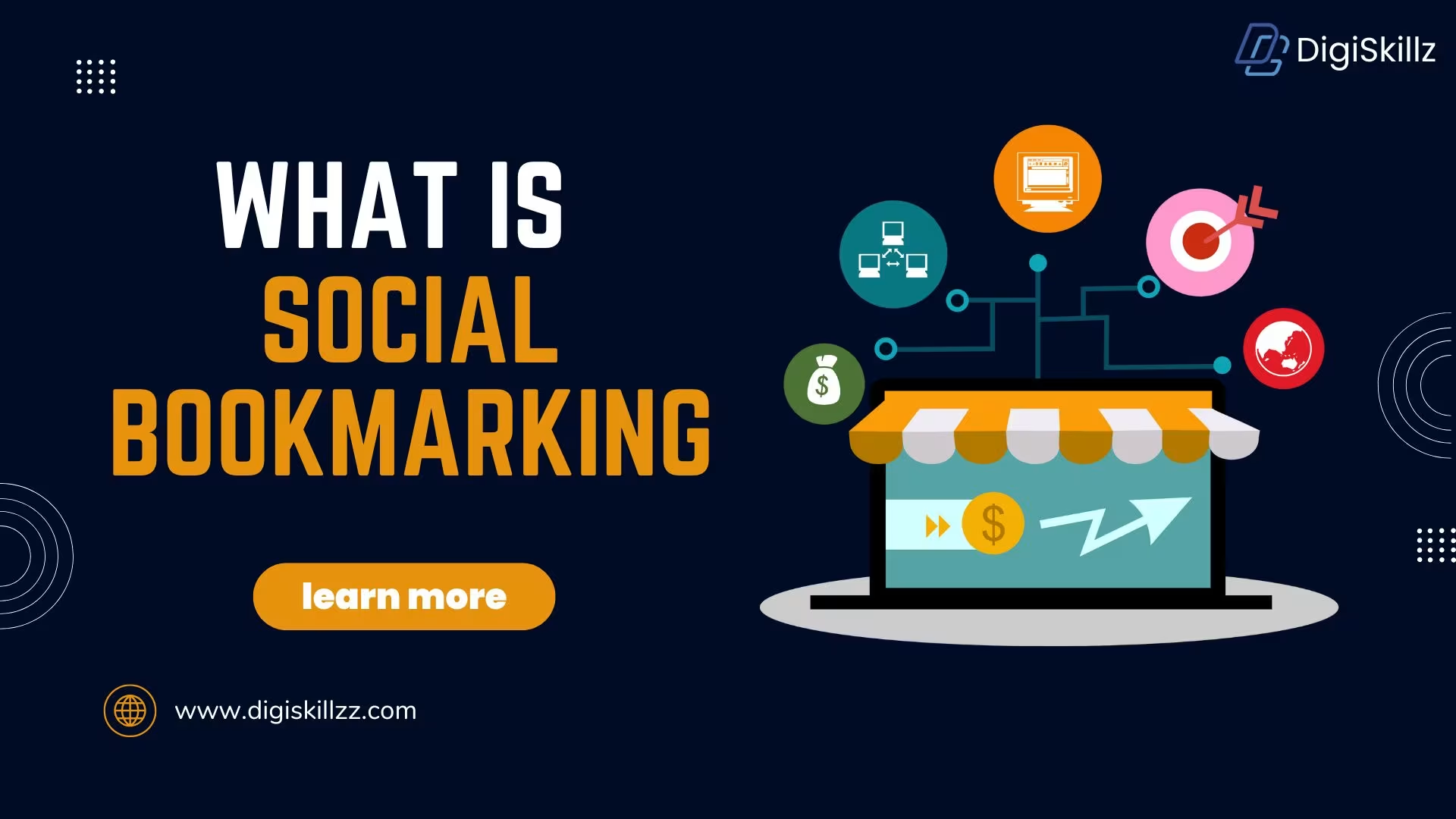

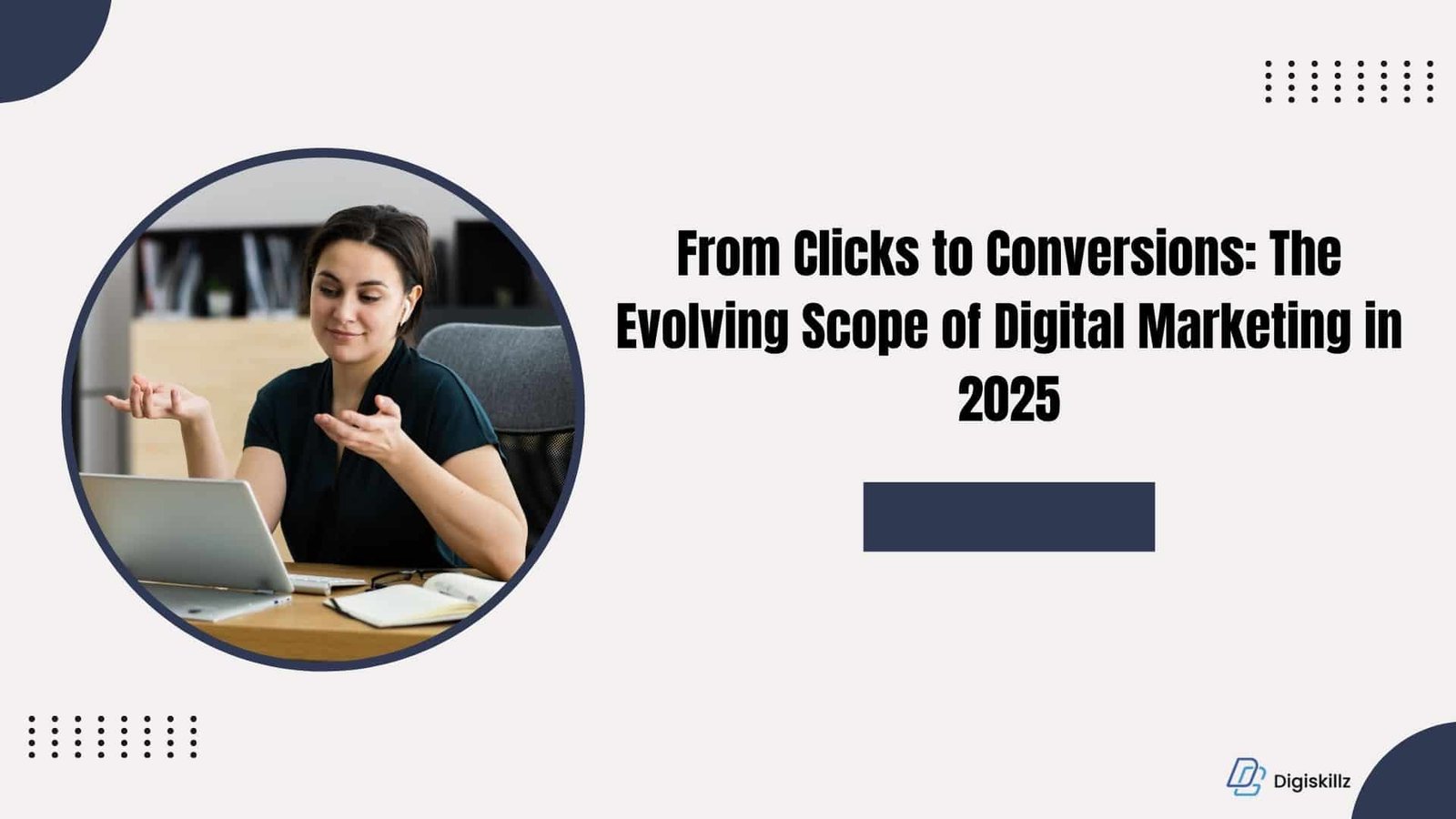
Leave A Comment